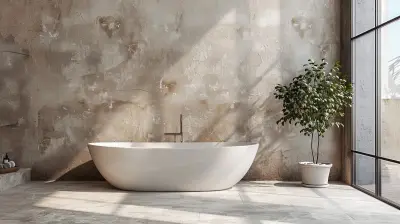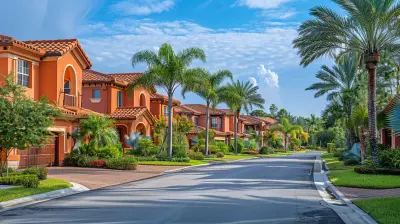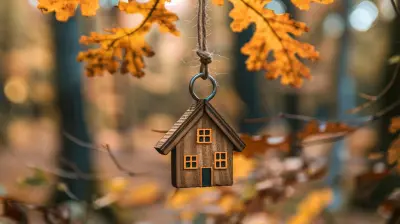Understanding LEED Certification: What It Means for Homebuyers
15 August 2025
Buying a home is one of the biggest investments you'll ever make. But in today’s world, it’s not just about the price, square footage, and location—it’s also about sustainability. That’s where LEED certification comes into play.
If you've come across LEED-certified homes during your search, you might be wondering: What exactly does this mean? And more importantly, why should I care?
Well, let’s dive in and break it down in the simplest way possible. 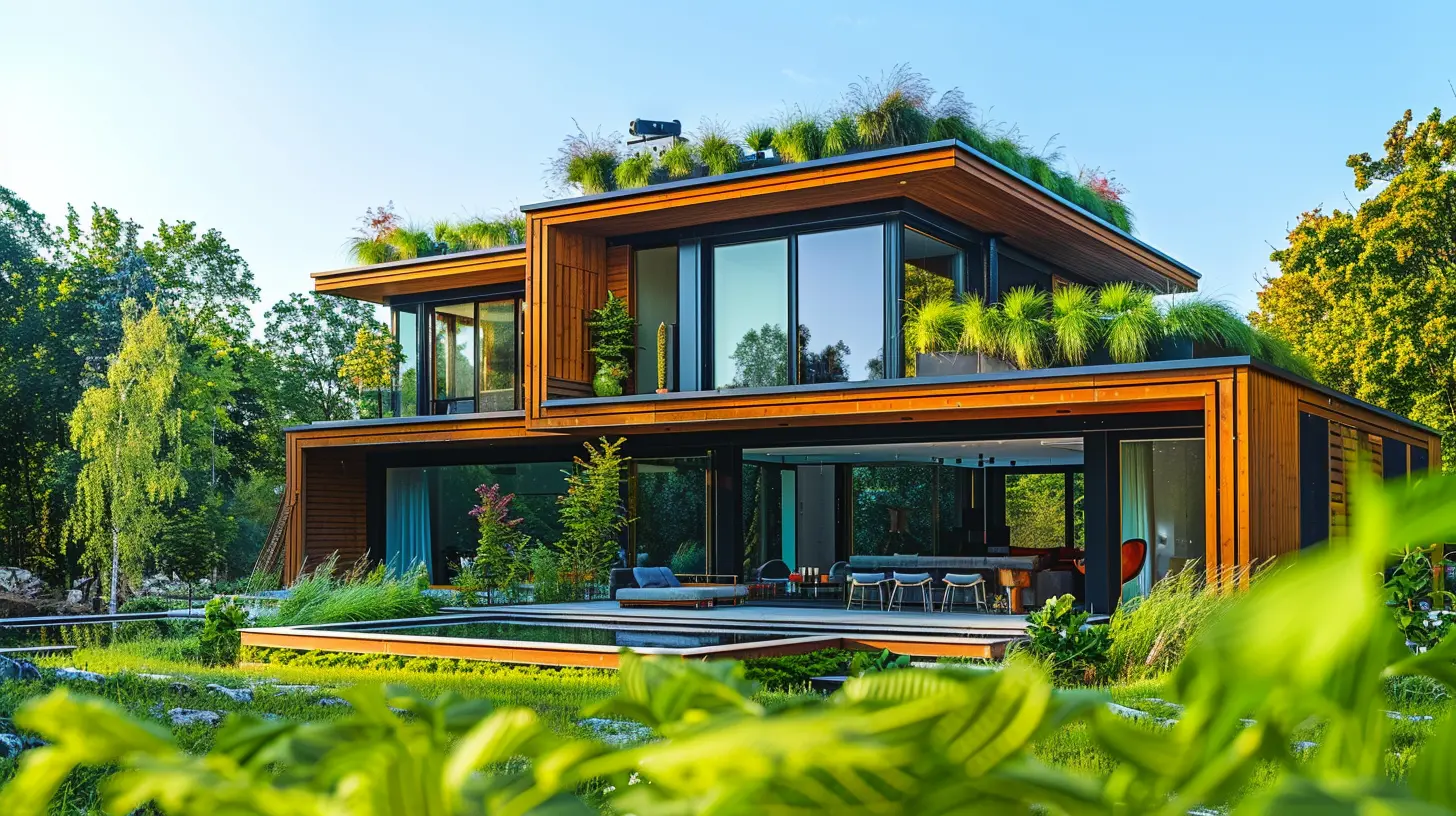
What is LEED Certification?
LEED: The Gold Standard of Green Homes
LEED (Leadership in Energy and Environmental Design) is a certification system developed by the U.S. Green Building Council (USGBC). Homes, buildings, and even entire neighborhoods can earn this certification by meeting specific environmental and energy-efficiency criteria.Think of it as the "organic" or "eco-friendly" label for homes. Just like you’d check for organic certifications when buying food, LEED helps assure homebuyers that the property is built with sustainability and efficiency in mind.
How LEED Certification Works
LEED certification isn’t just handed out to any home that claims to be “green.” It follows a strict rating system based on various categories, including:- Energy efficiency (lower electricity and gas consumption)
- Water conservation (efficient plumbing and landscaping)
- Indoor air quality (less pollution inside your home)
- Sustainable materials (eco-friendly building materials)
- Location and transportation (easy access to public transport, biking, and walking)
Homes earn points across these categories, and the total score determines the certification level:
- Certified (40-49 points)
- Silver (50-59 points)
- Gold (60-79 points)
- Platinum (80+ points)
The higher the score, the greener and more efficient the home. 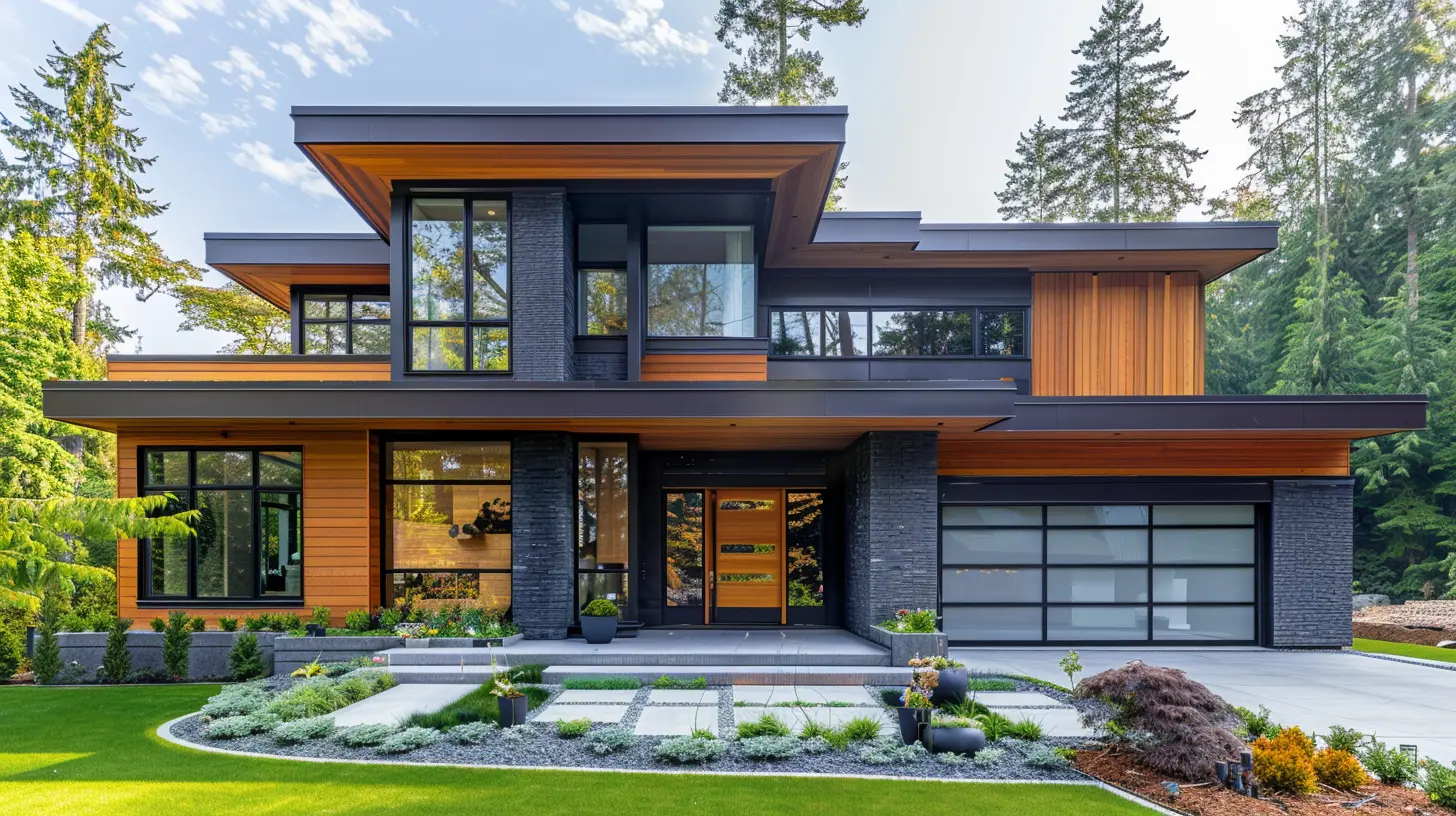
Why Should Homebuyers Care About LEED Certification?
Now, let’s get to the fun part—how does this impact you as a buyer?1. Significant Energy Savings
One of the biggest perks of a LEED-certified home is lower utility bills. These homes are designed to use less energy, meaning less money spent on electricity, heating, and cooling.Think about it—wouldn’t you rather have a home that naturally stays cooler in the summer and warmer in the winter without blasting the AC or heater 24/7?
2. Better Indoor Air Quality
Air pollution isn’t just an outdoor problem. Many traditional homes contain toxic materials, poor ventilation, and mold-friendly environments. LEED homes focus on healthier air by using:- Non-toxic paints and finishes
- Advanced air filtration systems
- Proper ventilation to reduce moisture buildup
For families, especially those with allergies or respiratory conditions, this can be a game-changer.
3. Eco-Friendly Living with a Smaller Carbon Footprint
If you care about the environment, a LEED-certified home allows you to contribute to a more sustainable future. These homes:- Use less water (through smart rainwater management and efficient plumbing)
- Reduce waste (by incorporating recycled materials)
- Have a smaller carbon footprint (through renewable energy sources like solar panels)
Living in a LEED home is like driving a hybrid or electric car—it’s a small daily choice that adds up to a big impact.
4. Higher Home Value and Resale Potential
In an era where sustainability is becoming a major selling point, LEED-certified homes often hold their value better and attract more buyers. Some studies suggest they can even sell for higher prices than non-certified homes.So even if you’re not planning to stay in your home forever, having that certification can be a great asset when it’s time to sell.
5. Possible Tax Incentives and Rebates
Depending on where you live, buying a LEED-certified home might qualify you for tax credits, lower mortgage rates, or rebates. Some cities and states encourage eco-friendly housing by offering financial perks to homeowners.It’s worth checking with local governments or your mortgage lender to see if you can take advantage of these savings. 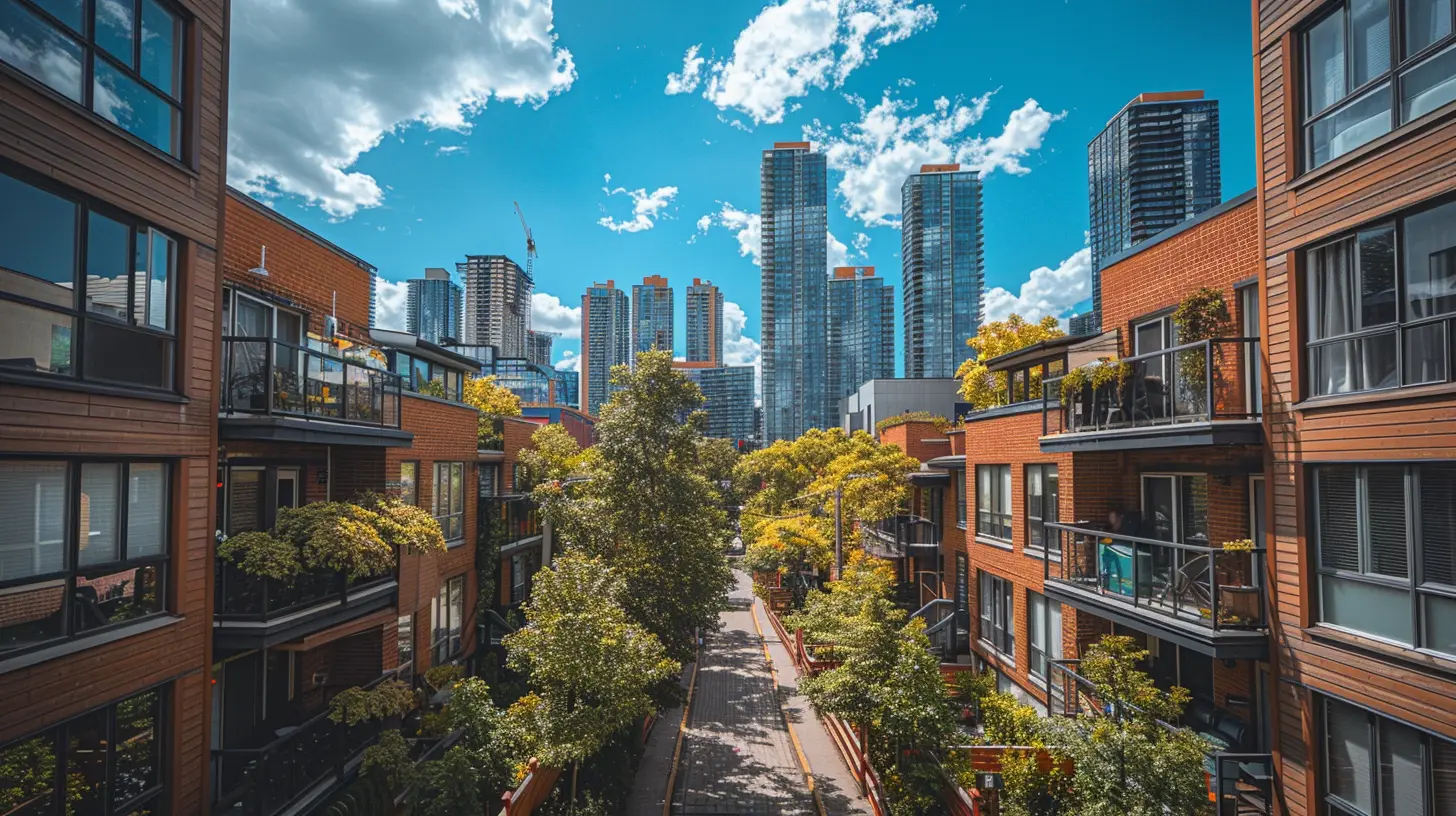
How to Identify a LEED-Certified Home
If you’re interested in buying a LEED-certified home, here’s what to look for:1. Check Home Listings for LEED Certification
Many real estate listings will highlight LEED certification in the description. If you see something like “LEED Silver” or “LEED Gold,” that’s your clue!2. Ask for the Certification Documents
A genuine LEED-certified home will have official documentation from the U.S. Green Building Council (USGBC). Don’t just take the seller’s word for it—ask to see proof.3. Look for Energy and Water Efficiency Features
Even if a home isn’t officially LEED-certified, it may still incorporate green features like:- Energy-efficient windows and insulation
- Smart thermostats and lighting
- Low-flow water fixtures
- Solar panels
If you’re serious about sustainability, these features are worth considering even if you don’t get an official LEED label. 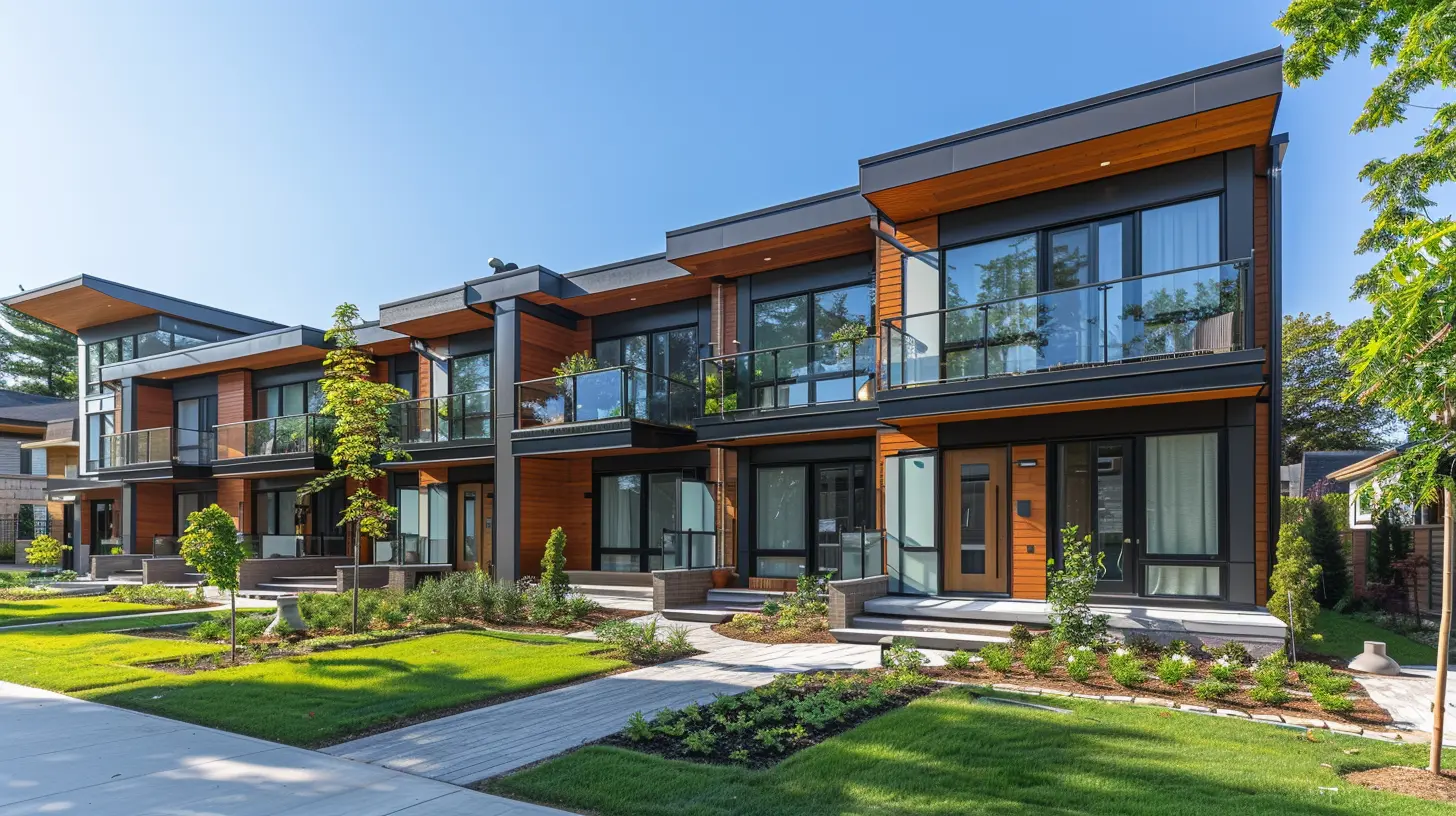
Is a LEED-Certified Home Right for You?
Before you jump in, ask yourself a few key questions:- Do you want lower utility bills? LEED homes cut energy costs significantly.
- Do you care about indoor air quality? Fewer chemicals and better ventilation mean healthier living.
- Are you OK with paying a little more upfront? While LEED homes can be pricier, the long-term savings often make up for it.
- Do you want a home with strong resale potential? Green homes are becoming more desirable, which can boost future value.
If you answered “yes” to most of these, then a LEED-certified home could be a fantastic choice for you!
Final Thoughts
LEED certification isn’t just a fancy label—it represents a healthier, more energy-efficient, and environmentally responsible home. Whether you’re looking to save money, improve your quality of life, or simply do your part for the planet, choosing a LEED-certified home can be a smart investment.So next time you’re house hunting, keep an eye out for that LEED badge—it might just lead you to your dream home.
all images in this post were generated using AI tools
Category:
Sustainable HousingAuthor:

Travis Lozano
Discussion
rate this article
1 comments
Maverick Wolf
LEED Certification not only signifies sustainable building practices but also enhances property value and energy efficiency for homebuyers. Understanding its implications can guide buyers in making eco-friendly choices while potentially lowering long-term costs. A wise investment for both the planet and your wallet.
August 24, 2025 at 11:51 AM

Travis Lozano
Thank you for your insightful comment! LEED certification indeed highlights the benefits of sustainable building and can significantly impact both property value and energy efficiency for homebuyers. It's a smart choice for a greener future and cost savings.
